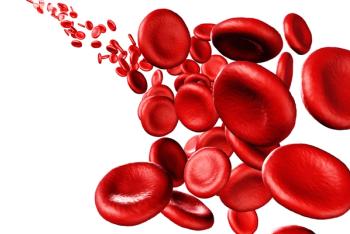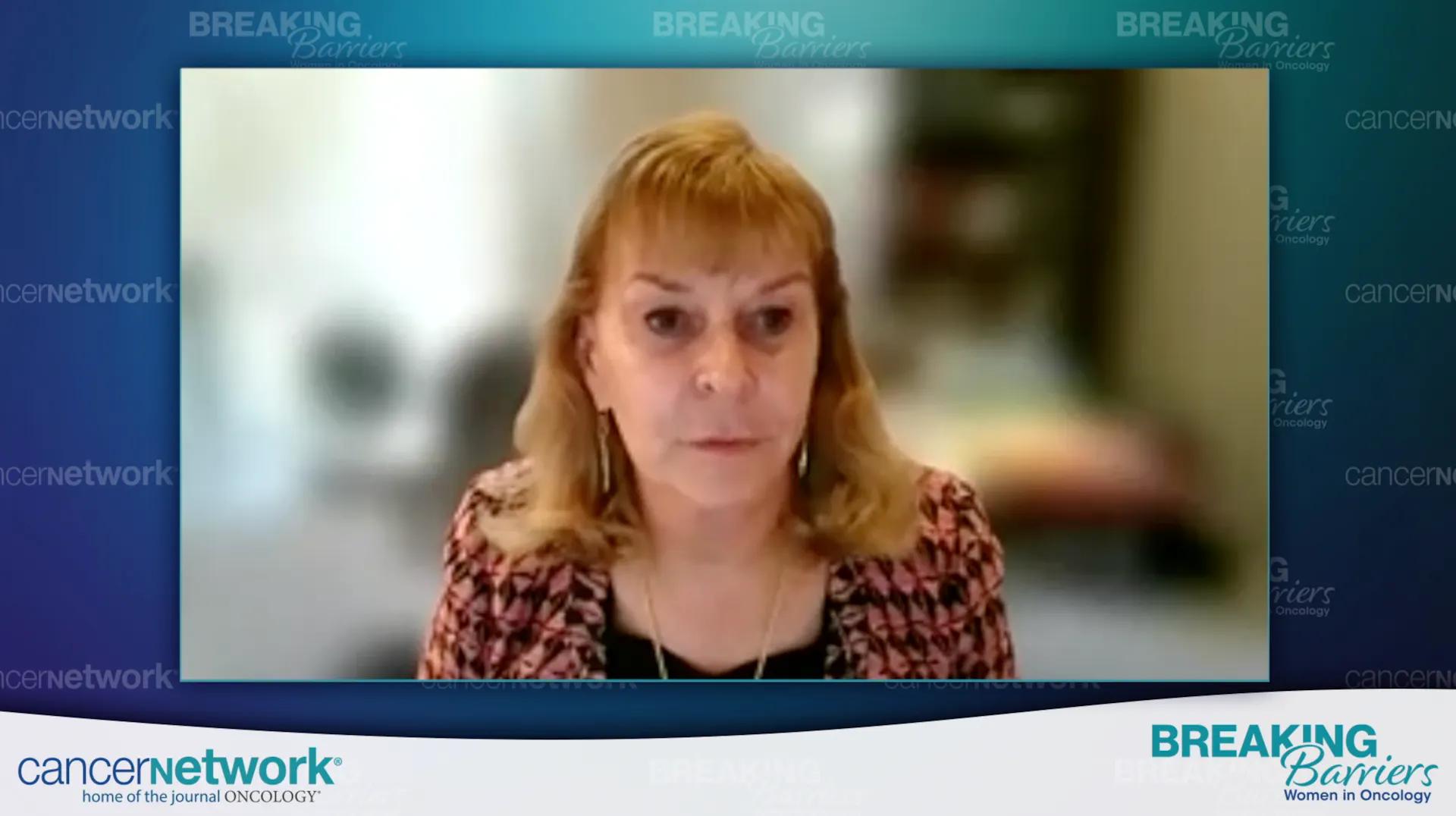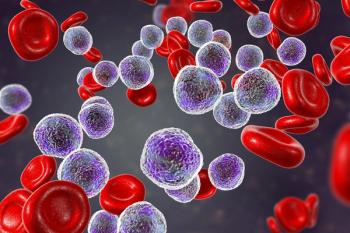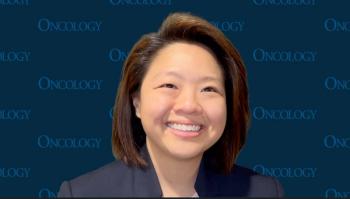
Overcoming Physical and Social Barriers in the Lymphoma Field

Leaders from the lymphoma space highlight the importance of mentorship in establishing their careers and impart advice to women looking to advance theirs.
As part of the Breaking Barriers: Women in Oncology program, CancerNetwork® spoke with Julie M. Vose, MD, MBA, and Avyakta Kallam, MD, about the evolution of their careers in the hematology-oncology space, including some of the critical advances and challenges associated with their work in the lymphoma field.
Vose is division chief, Neumann M. and Mildred E. Harris Professor at the University of Nebraska Medical Center, and co-editor-in-chief of ONCOLOGY®. Kallam is an assistant professor in the Division of Lymphoma and Department of Hematology & Hematopoietic Cell Transplantation from City of Hope in Duarte, California.
Vose and Kallam discussed how they first developed a passion for researching lymphoma, which led them to become involved in various breakthroughs related to the use of treatment strategies such as autologous stem cell transplantation, bispecific antibodies, and CAR T-cell therapy. The conversation highlighted how this evolution of therapy options has helped improve patient outcomes while reducing hospitalization periods and minimizing toxicity.
The discussion also extended to the topic of overcoming various physical and social barriers while trying to advance in the lymphoma field. For example, Kallam described her experience with moving to the United States from India to complete her medical training, which involved adapting to a new culture and a new style of approaching treatment.
In the early stages of Vose’s career, there were far fewer women involved in oncology and medicine in general, contributing to the challenge of needing to work extremely hard to prove that she was equal to her male colleagues. Vose noted in the early days, she was considered a rarity in the field as one of very few women.
Vose and Kallam also brought up how their mentors have given them key pieces of advice from mentors that have stuck with them throughout their careers. They, in turn, offered wisdom to any woman looking to advance in the hematology-oncology space.
“The biggest piece of advice [I received] is to see the patient as a person—not just as a patient—to be able to get to know them and their families understand some of their struggles so that you can relate to them as a person,” Vose said.
The conversation also focused on the challenge of achieving work/life balance while making advances in the lymphoma space. Dedicating time to hobbies and finding support from friends and family members emerged as potential strategies for balancing professional responsibilities with one’s personal life.
“Life is too unpredictable to not do things that you enjoy doing,” Kallam said, recounting a bit of advice she had received from one of her mentors. “What we’re doing is important; we are impacting lives. We’re doing a lot of research, but at the same time, keep in mind to have fun along the way.”
Newsletter
Stay up to date on recent advances in the multidisciplinary approach to cancer.


















































































